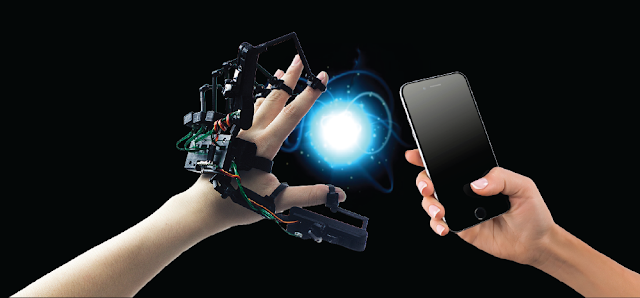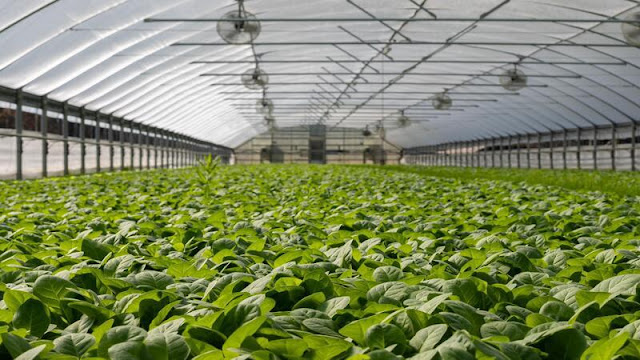Transitional Care Management Service: Bridging The Gap Between Care Settings

Transitional Care Management Service What are TCM Services? TCM services are clinical services provided by clinicians such as physicians, nurse practitioners, clinical nurse specialists, and physician assistants during care transitions from one care setting to another. The goal of these services is to help ensure the safe handoff of a patient from one level of care to another and bridge the gaps that often occur during transitions. Why are TCM Services Important? Transitional Care Management Services ransitions are particularly vulnerable periods that can lead to medical errors, rehospitalizations or other adverse events if not properly managed. Studies have shown that around 20% of Medicare patients discharged from a hospital are readmitted within 30 days, often due to post-discharge complications or a lack of follow-up care. Transitional Care Management Services aim to address key issues like medication reconciliation, patient education and ensuring follow-up care is set up to










